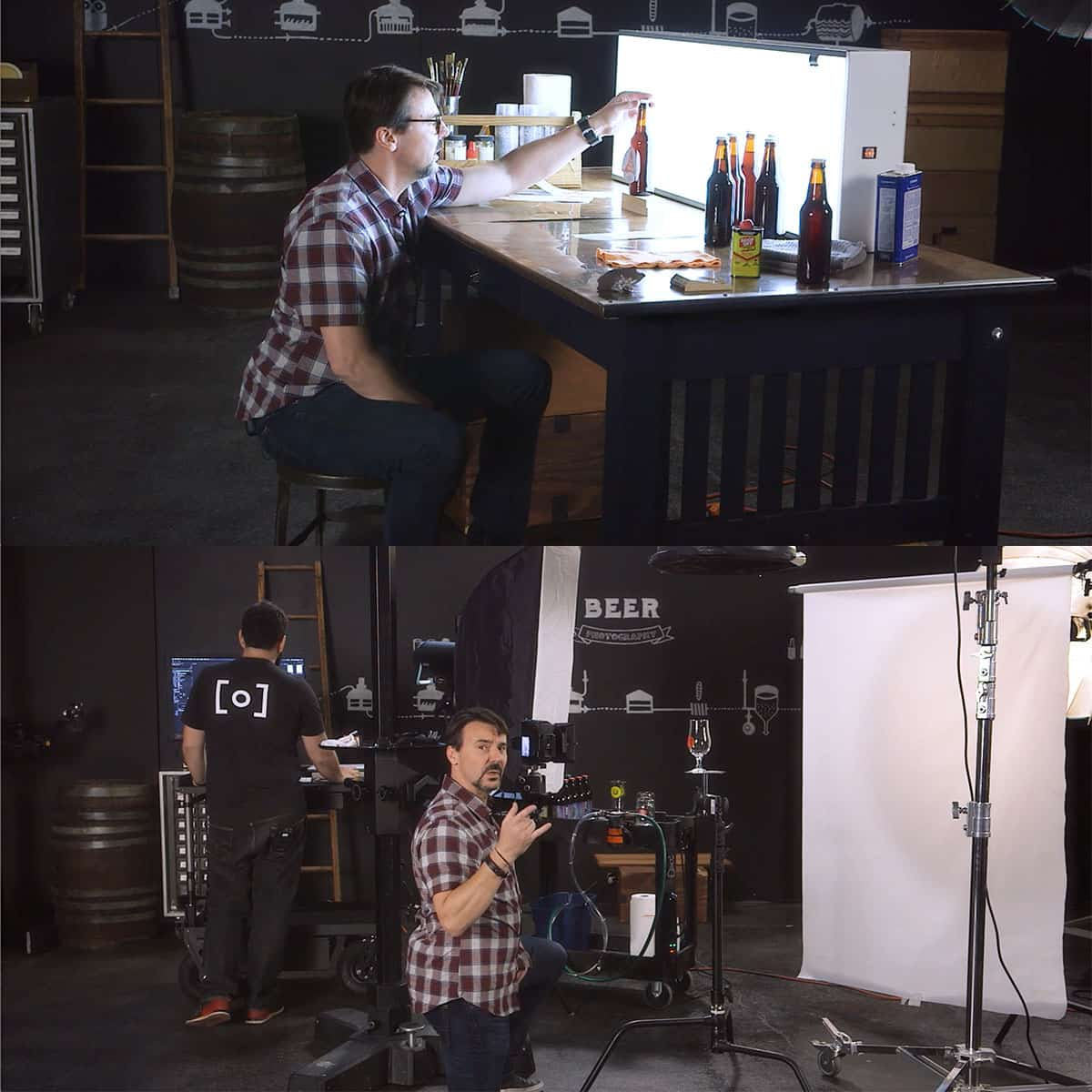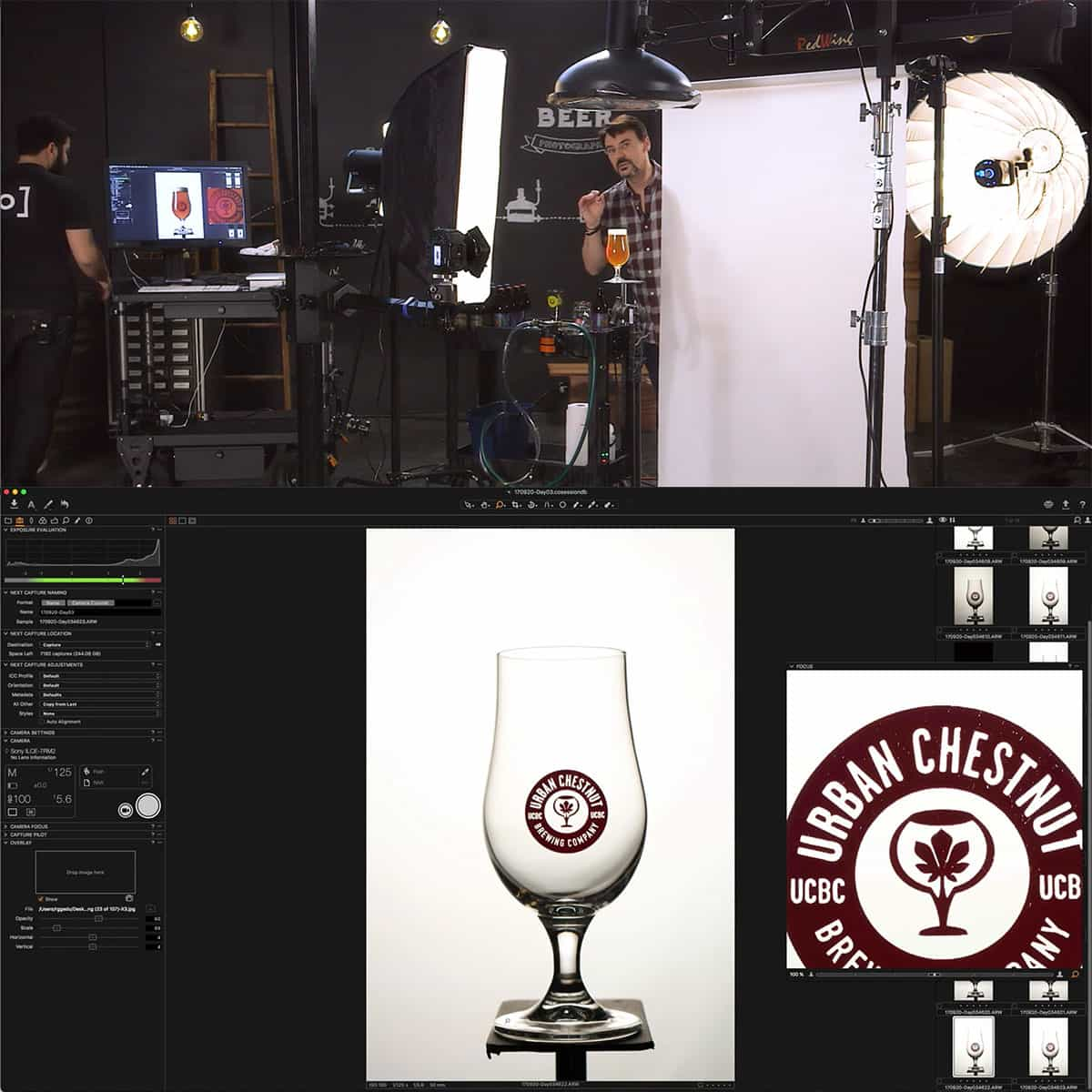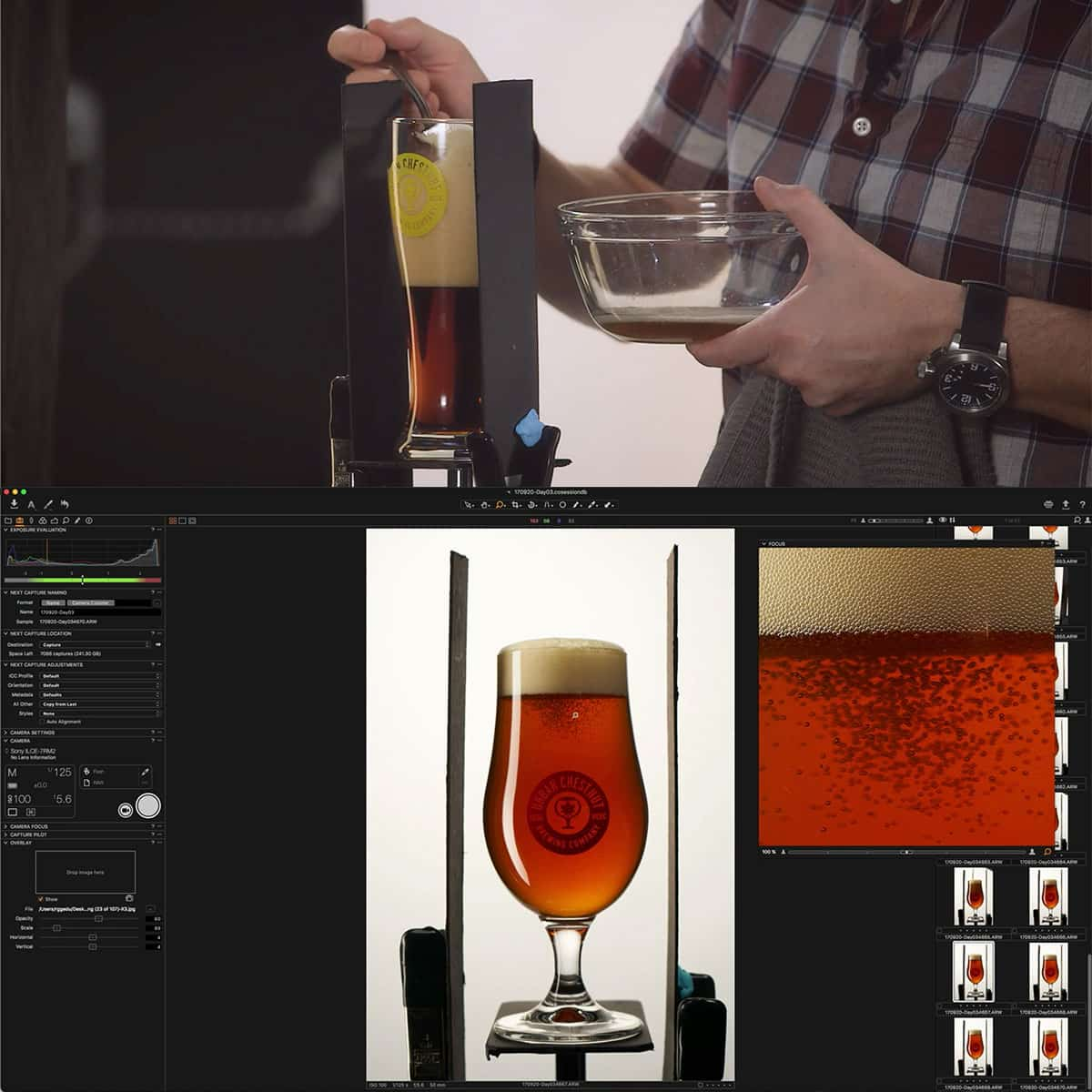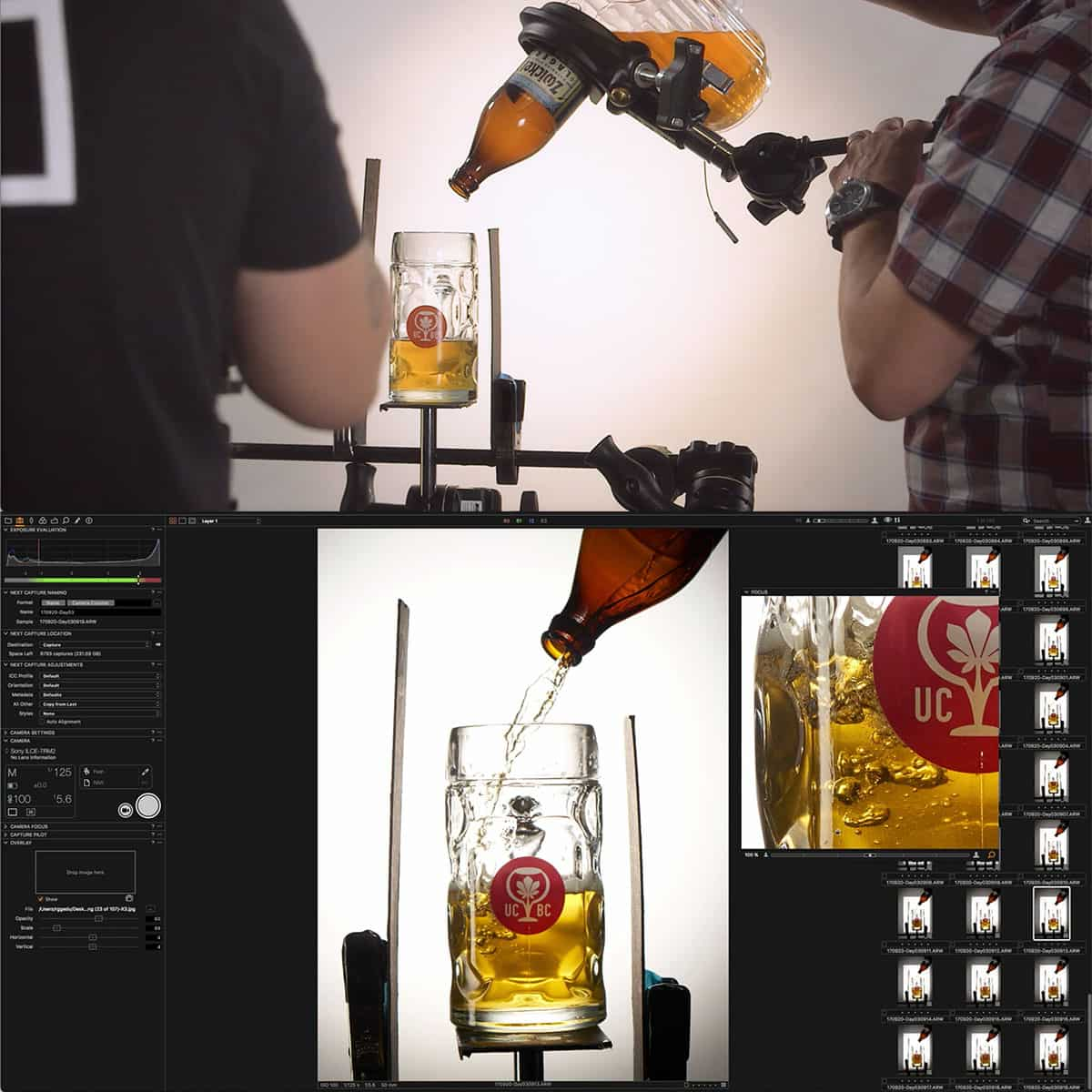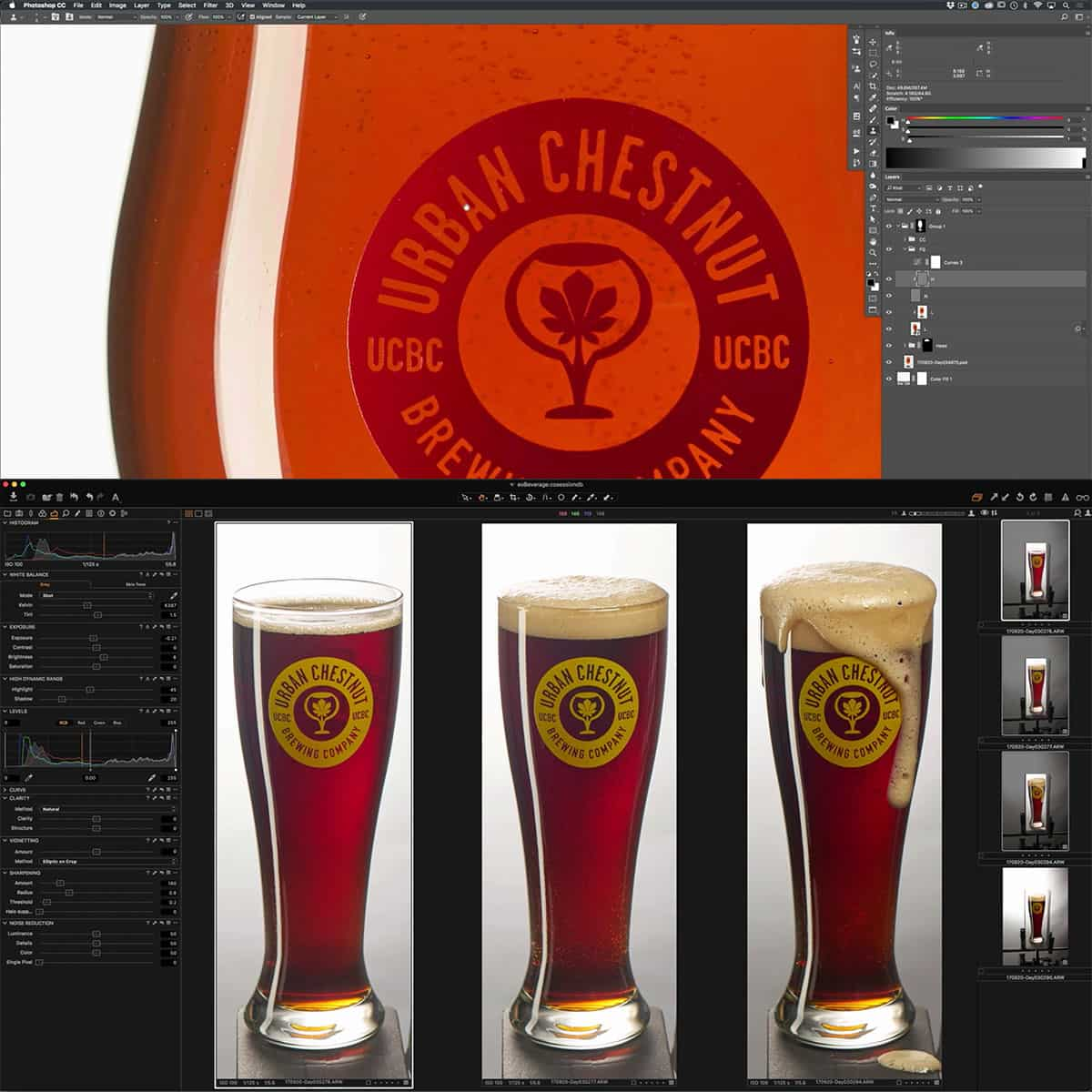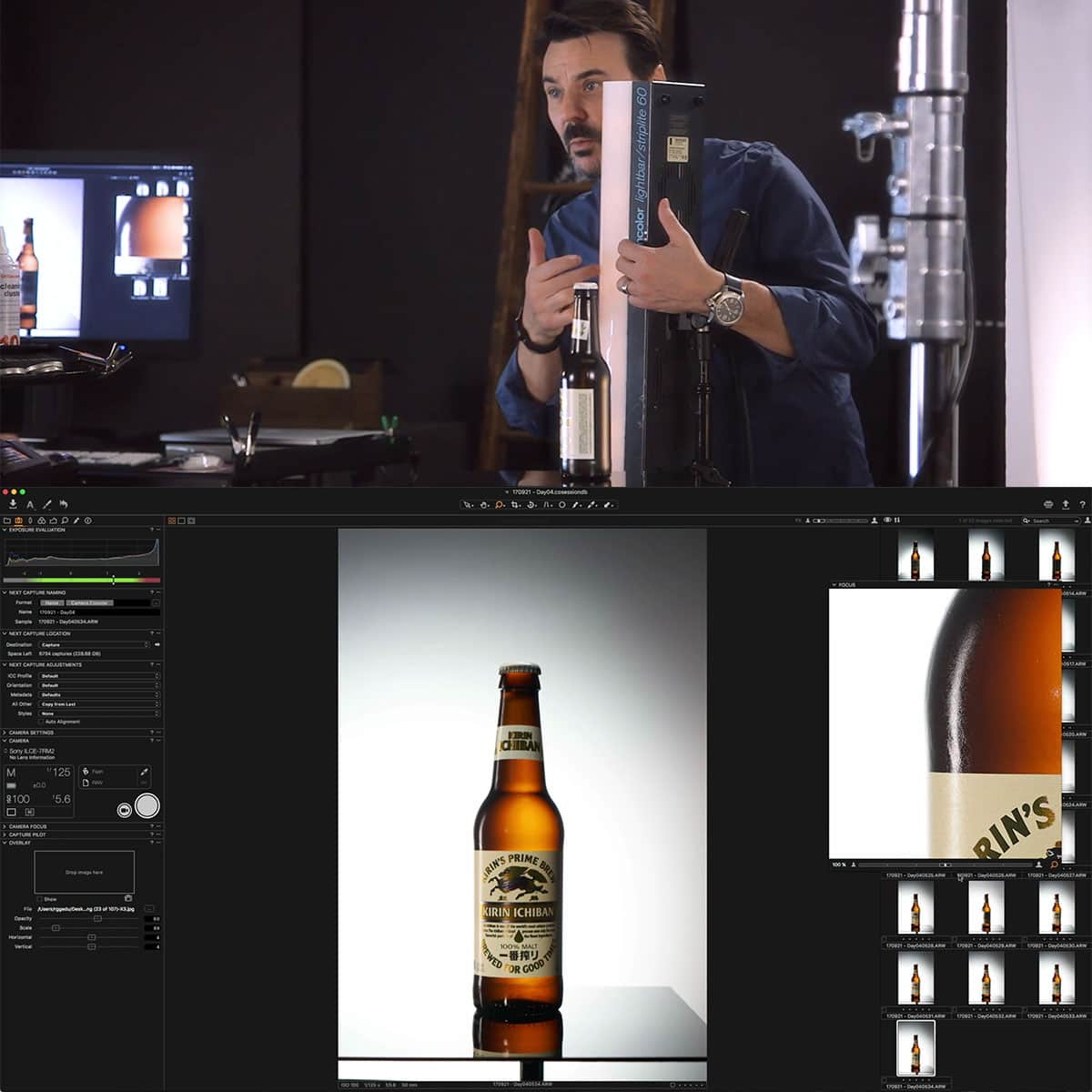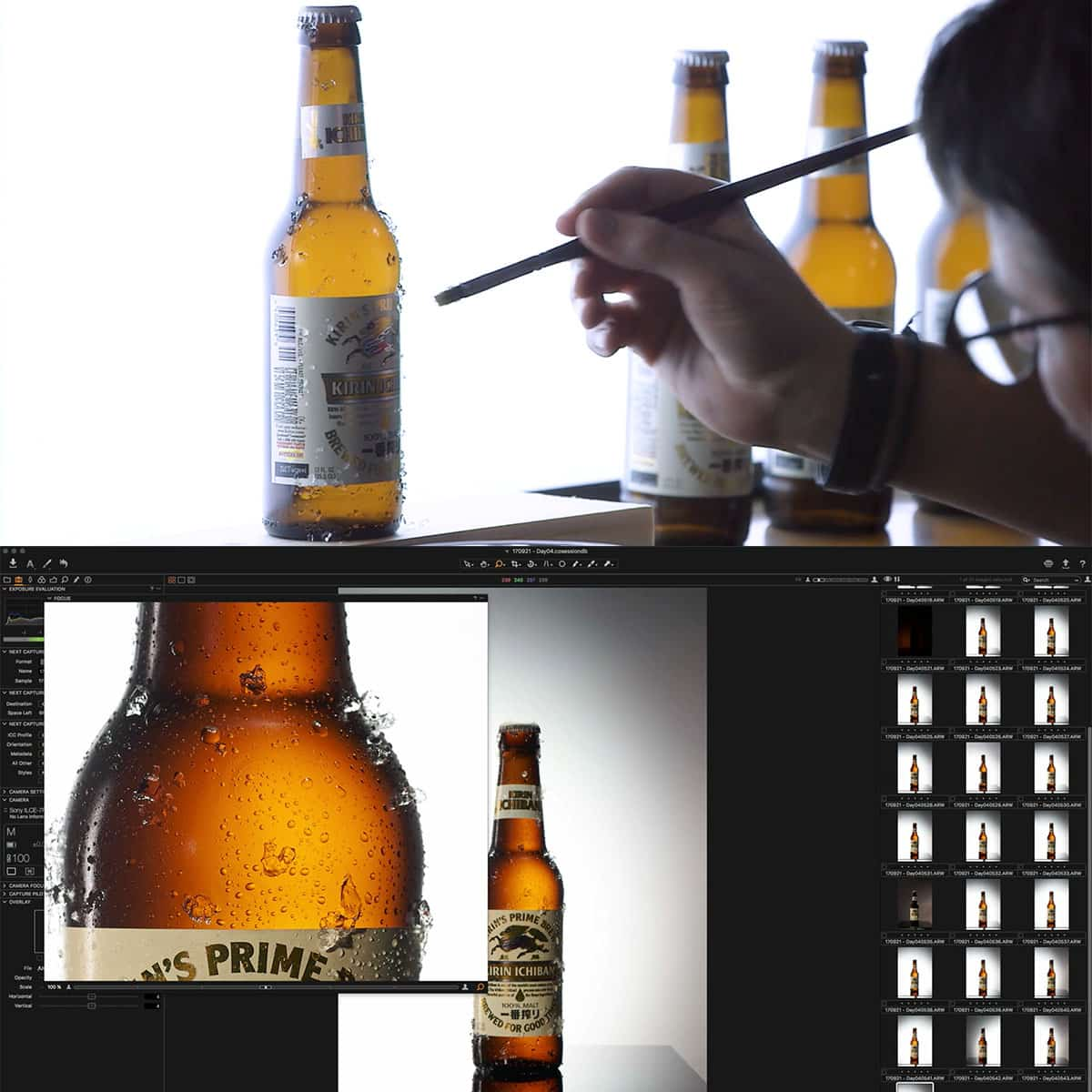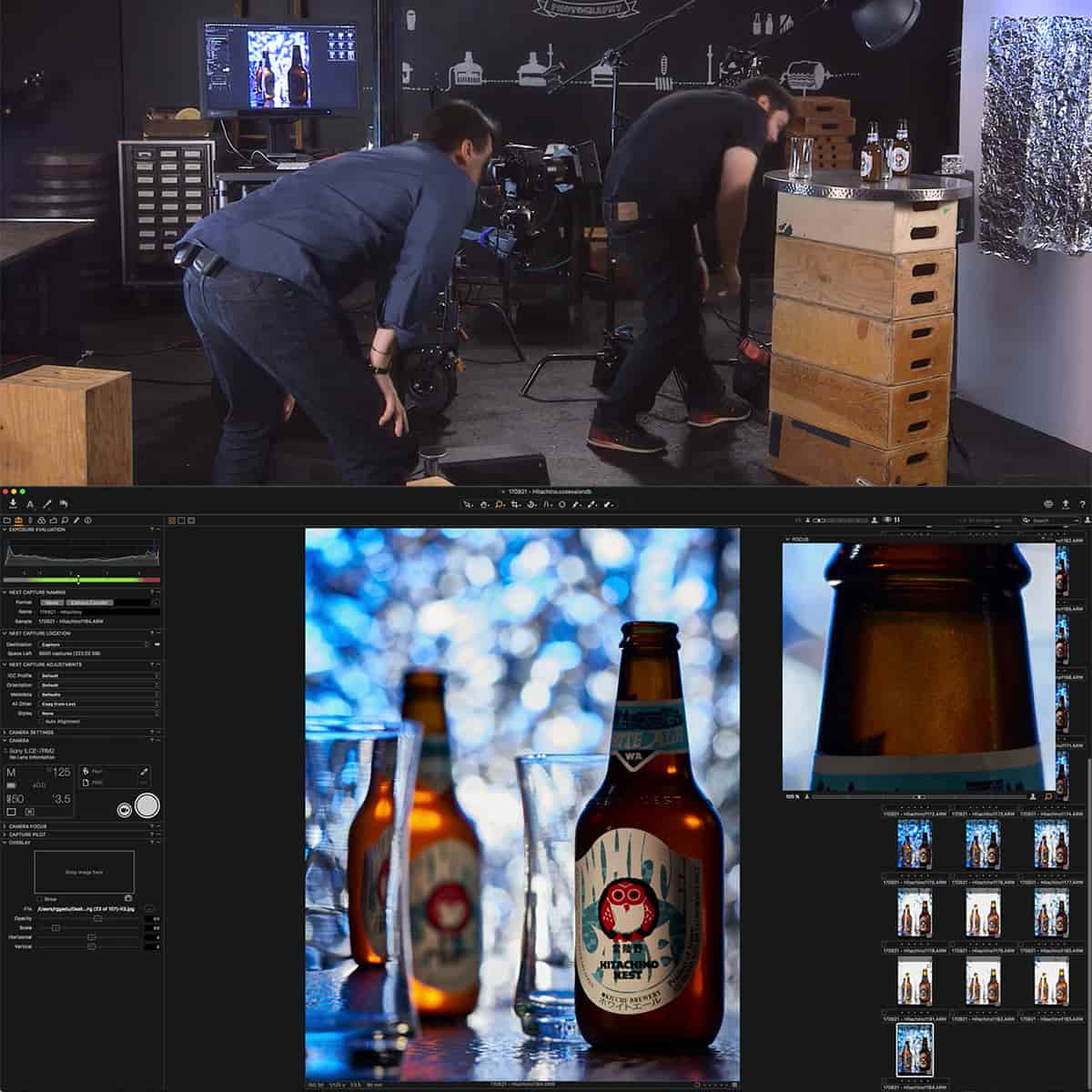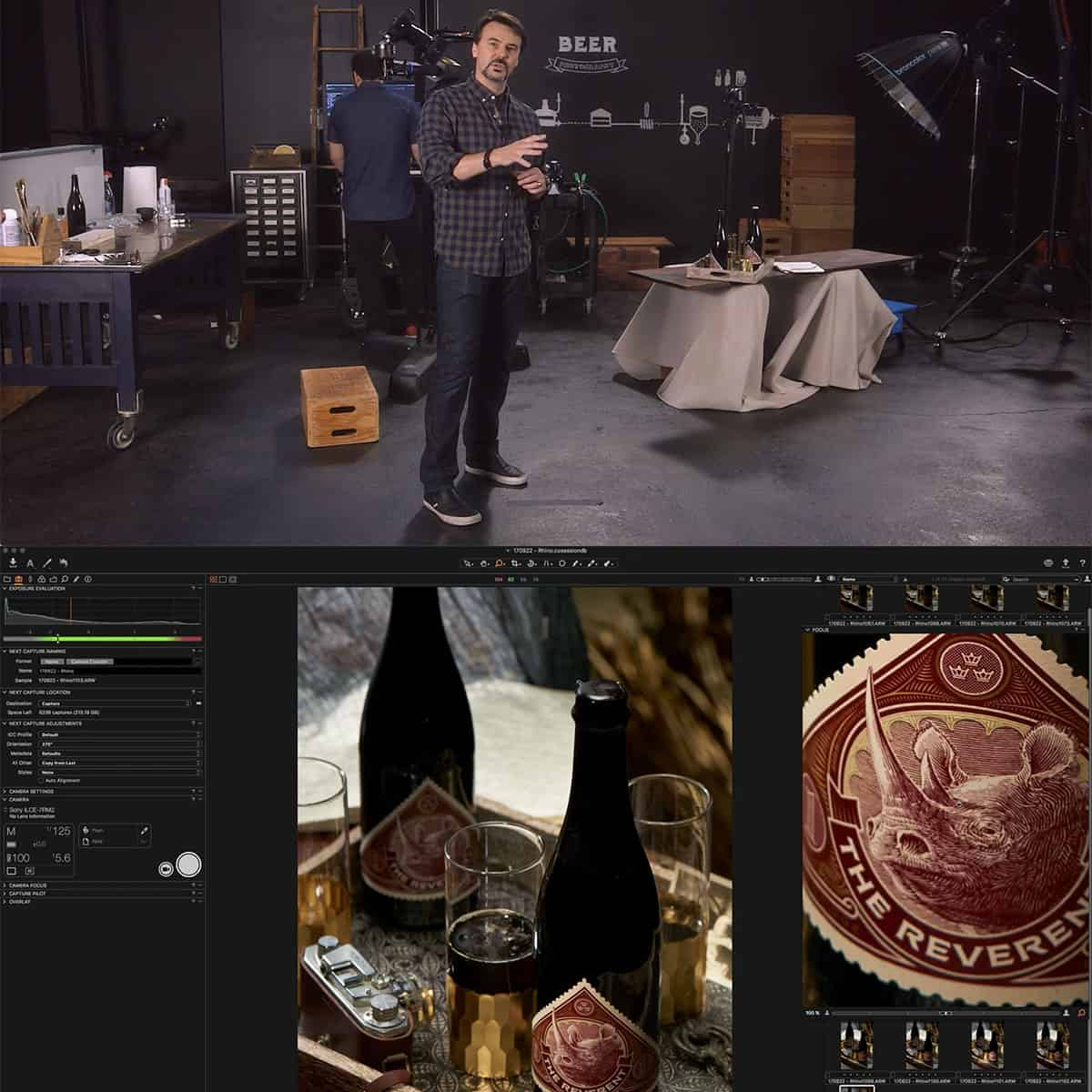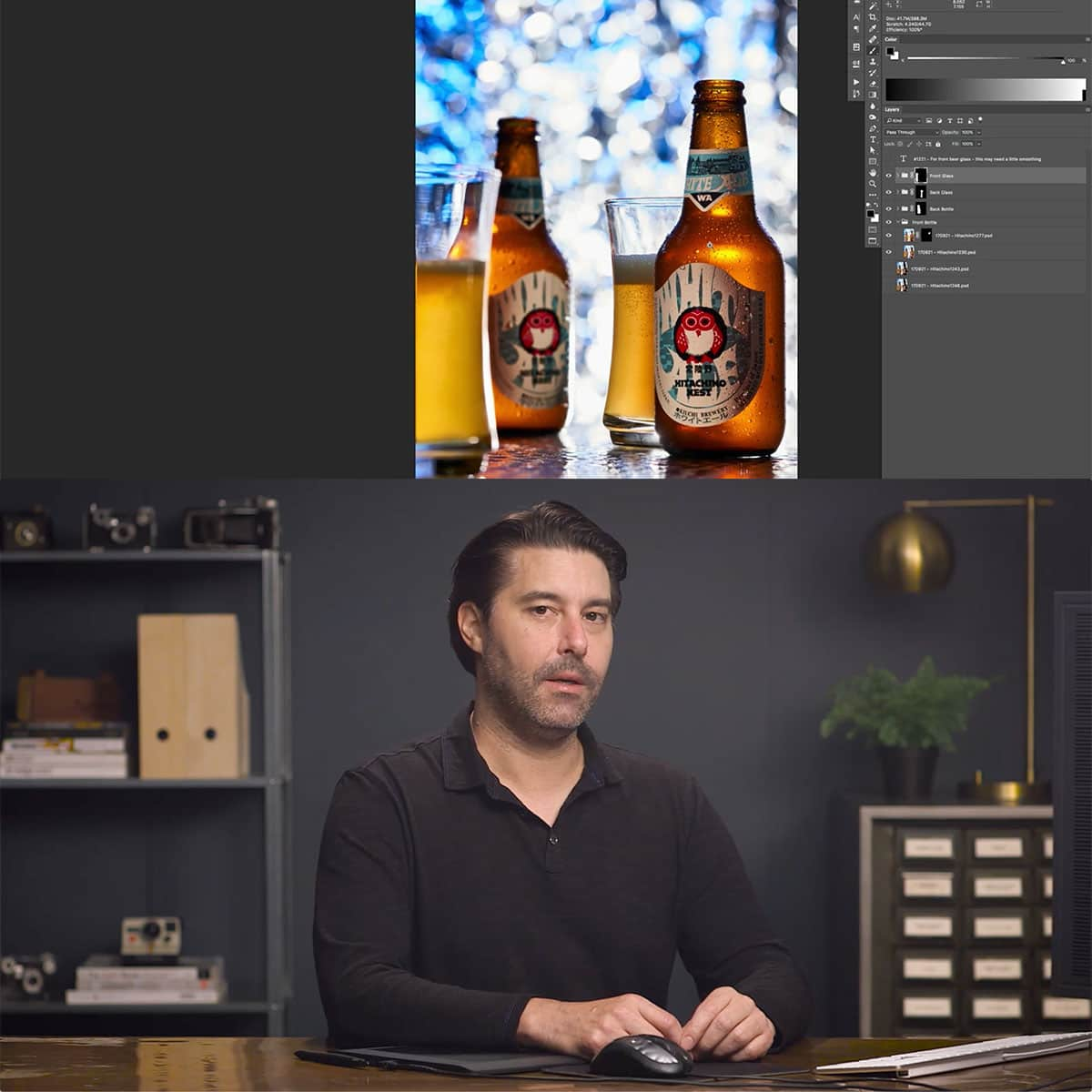The Role of Social Media in Commercial Photography: Enhancing Brand Exposure
In the era of digital marketing, social media has become a pivotal element in commercial photography. Our work is no longer bound to galleries or portfolios alone; instead, platforms like Instagram, Facebook, and Twitter have opened new avenues for us to showcase and monetize our craft. By leveraging these tools, we can enhance our online presence, connect with a larger audience, and engage with potential clients in ways that were previously unimaginable.
With the power of social media at our fingertips, it's essential for us to understand the nuances of the digital landscape. Developing engagement strategies, creating optimized content, and employing savvy marketing techniques are crucial components that contribute to our success. Through these efforts, we are able to construct a professional online portfolio that speaks volumes and stands out in the crowded digital space.
Key Takeaways
- Social media provides platforms that extend our work's reach to a global audience.
- Tailored engagement strategies are critical in developing our online presence.
- Effective content creation and optimization contribute to our commercial success.
Emergence of Social Media in Photography
With the advent of social media, we've seen a transformative shift in how photography is consumed, shared, and utilized. This section explores the critical shifts and impacts that these platforms have had on the craft and industry of photography.
Evolution of Digital Media
In the early days, digital media was largely confined to specialist forums and web galleries. However, as social media platforms like Instagram, Facebook, and Twitter took root, we witnessed an epochal change in content distribution. These platforms democratized access, enabling photographers to share their work instantly with a global audience, essentially bypassing traditional gatekeepers. Visibility soared as content became more accessible, and platforms integrated photo-sharing as a core feature, fundamentally altering how we discover and interact with photographic content.
Impact on Photography Industry
The photography industry has been notably reshaped by social media through enhanced brand awareness and the opportunity for photographers to directly engage with their audience. Platforms like Pinterest and Instagram have become crucial for photographers to market themselves, build their personal brand, and reach potential clients. For commercial entities, social media has become an indispensable tool to commission photographers who can create visually engaging content that resonates with their target demographics, thereby amplifying their brand's presence online.
Maximizing Online Visibility
To thrive in the commercial photography industry, it's crucial we maximize our visibility online. This involves strategic engagement on various social networking sites and the impactful use of visual elements which are central to attracting and retaining a dedicated audience.
Leveraging Social Networking Sites
We understand the significance of Instagram and Pinterest for showcasing our photography. These platforms are inherently visual, offering the perfect canvas for our work. Utilizing Instagram's multiple image posting feature, we can create a dynamic series that tells a story, drawing viewers in. On Pinterest, creating themed boards can help categorize our content, making it easier for users to find and follow our work. Meanwhile, LinkedIn serves as the professional stage, ideal for networking with other businesses and professionals. On Facebook, targeted advertising allows us to reach specific demographics, boosting the visibility of our portfolio.
- Instagram: Focus on quality and consistency. Use hashtags strategically.
- Pinterest: Organize content into boards with keyword-rich descriptions.
- LinkedIn: Network with businesses and join groups related to commercial photography.
- Facebook: Employ targeted ads to reach a wider but specific audience.
Effective Use of Visual Elements
First and foremost, the color psychology in our photographs must be understood and utilized to elicit the desired emotional response from our audience. Consistency in visual elements strengthens our brand identity, making it recognizable across various platforms. We include images that convey a story or theme, ensuring they are high-quality and align with our brand's aesthetic. It's not just about the content; the presentation is paramount.
- Color: Use cohesive color schemes to maintain brand identity.
- Images: High-resolution, watermark-free images encourage shares and engagement.
With these focused strategies in place, we aim to enhance our presence and engagement across social media platforms, furthering the reach of our commercial photography business.
Engagement Strategies
We understand that engagement is crucial for success in commercial photography on social media. Our strategies focus on fostering meaningful interactions and building a loyal community around our brand.
Building a Sense of Community
To cultivate a strong community, we prioritize creating a welcoming space for our followers. We achieve this by consistently providing valuable content that resonates with their interests and encourages conversations. We actively engage with our community by responding to comments and fostering discussions, which strengthens the relational bonds among members.
The Role of User-Generated Content
User-generated content (UGC) is a powerful tool that boosts engagement and loyalty. We encourage our followers to share their own photos when using our products or services, and we often feature outstanding UGC on our platforms. This not only celebrates our community's talent but also drives more interaction as followers appreciate seeing their work highlighted.
Content Creation and Optimization
Engaging in content creation and optimization is paramount for us as commercial photographers to enhance our online visibility and audience engagement. Through strategic curation and consistency in our editing style, we aim to create a compelling online presence that resonates with our target audience and meets the demands of various social media platforms.
Curating Relevant Content
We understand the importance of selecting the right content to represent our brand. Our content creation process involves:
- Assessing our target audience's preferences: We focus on what appeals to our clients and tailor our content accordingly.
- Showcasing our best work: Our portfolio features a carefully chosen selection of images that demonstrate our skills and versatility.
- Creating blog posts: We complement our visuals with informative blog posts that add value and context to our photographic work.
- Utilizing hashtags effectively: We incorporate relevant hashtags to increase the reach of our work and tap into existing conversations and communities.
Editing Style and Consistency
Maintaining a consistent editing style is crucial for our brand identity. Here's how we approach this aspect:
- Defining our editing style: We have developed a unique style that sets us apart and is recognizable to our audience.
- Application of our style across all work: Whether it’s for blog posts, social media updates, or additions to our portfolio, we ensure that the aesthetic is consistent.
- Adaptability for different platforms: While keeping our style consistent, we adapt our content to fit the requirements of different social media platforms.
By focusing on both high-quality content creation and meticulous optimization practices, we boost our engagement and visibility in the competitive sphere of commercial photography.
Social Media Marketing Techniques
In the realm of commercial photography, we know that the mastery of social media marketing techniques is essential to boosting visibility and engagement. We'll focus on how targeted advertising and strategic influencer collaborations can amplify our reach and solidify our presence in the digital landscape.
Advertising and Promotions
Targeted social media advertising is a powerful tool we leverage to put our photography in front of the precise audience we aim to attract. By crafting well-designed advertising campaigns, we ensure that our content not only garners attention but also resonates with viewers. For example:
- Facebook Ads: We use demographic targeting to display our ads to users interested in photography and design.
- Instagram Sponsored Posts: These allow us to showcase our best work and direct users to our portfolio with relevant hashtags.
Promotional strategies involve more than just paid ads. We also employ organic methods like:
- Posting Frequencies: Consistent posting helps keep us in the public eye.
- Engagement Tactics: Responding to comments and messages builds community trust and rapport.
Influencer Collaborations
Partnering with influencers is another tactic we embrace. These collaborations can take various forms, such as:
- Sponsored Content: We provide our photographs for influencers to share, tapping into their audience base with accreditation.
- Brand Ambassadorships: Establishing long-term partnerships with influencers who resonate with our brand ethos.
By aligning ourselves with individuals who have a strong and dedicated follower base, we can extend our reach more intimately and credibly than through traditional advertising alone.
Here's a succinct look at our approach with influencers:
| Approach | Description |
|---|---|
| Co-created Content | Team up with influencers to create fresh content that showcases both our expertise and their creative input. |
| Event Coverage | Attend and photograph events where influencers are present to get our brand name associated with key industry moments. |
By integrating these social media marketing techniques, we aim to create a robust and engaging online presence that highlights the value and aesthetics of our commercial photography.
Understanding and Measuring Success
To thrive in commercial photography on social media, we must be strategically methodical. Knowing how to quantify our reach and impact through engagement and feedback is critical for continual growth and improvement.
Engagement Metrics and Analysis
In gauging our success, we focus on engagement metrics, which are pivotal indicators of our content's resonance with our audience. Metrics such as likes, comments, shares, and click-through rates reflect active user interaction. These measurements, when analyzed through social media analytics tools, inform us about our content's popularity and reach. For example, a high number of shares may signal that our photographs are well received and considered share-worthy by our followers, which in turn can lead to enhanced visibility.
We can segment engagement metrics further as follows:
- Active engagement: direct interactions such as likes and comments
- Passive engagement: actions such as views or time spent on page
Both forms of engagement offer valuable insights. We continuously monitor these to understand which content performs best and adjust our strategies accordingly.
Feedback Loops and Surveys
Beyond analytics, surveys provide us direct feedback from our audience, filling the gaps that data may not address. We regularly circulate short, targeted surveys to gauge reactions to our photography. Key questions may involve image quality, thematic relevance, or the emotional response evoked by our work. Such feedback loops are instrumental in refining our work to better align with audience preferences, thereby enhancing both our work's appeal and its market success.
Remember, absolute numbers can be misleading without context. We combine quantitative data with qualitative feedback for a comprehensive understanding of our performance on social media.
The Future of Social Media in Commercial Photography
In the rapidly evolving landscape of social media, our understanding and utilization of these platforms for commercial photography are crucial for staying ahead of the curve. We'll explore how to anticipate and leverage upcoming trends, as well as adapt to new social media functionalities.
Predicting Trends and Changes
We can anticipate that visual storytelling will remain at the forefront of commercial photography on social media. Our audience's desire for authentic and relatable content will drive us to create imagery that resonates on a personal level. We must stay attuned to social media experience in commercial photography as it shapes consumer behavior and preferences. By analyzing current patterns, like the rise of ephemeral content on platforms like Instagram, we can predict that future trends will favor fleeting yet impactful visual experiences.
Furthermore, the integration of mixed reality—combining virtual and augmented reality with traditional photography—will likely gain traction. This emerging trend has the potential to create deeply engaging and immersive content, setting a new standard for how we interact digitally.
Adapting to New Social Media Features
As platforms evolve, we are presented with new features that can enhance our digital engagement. For instance, Instagram's constant rollout of new tools for creators needs to be incorporated into our commercial photography strategies to maximize visibility and engagement. Adapting to these functionalities, such as advanced analytics and advertising options, will allow us to reach wider and more targeted audiences.
It will be essential for us to understand and leverage these features to tell our visual stories effectively. We should also prepare to embrace changes in algorithms that could affect how our content is displayed and consumed. By keeping abreast of feature updates and adapting our content accordingly, we maintain a competitive edge in the realm of social media evolution.
Building a Professional Online Portfolio
In a digital era where visual content reigns supreme, we must ensure our photography portfolio stands out. It's essential to integrate it with our existing website and develop a strong brand identity.
Integrating with Existing Websites
We start by ensuring our portfolio integrates seamlessly with our existing website, maintaining a consistent user experience. This means our website should feature a dedicated portfolio section that is easily navigable and showcases our photography in an organized manner. For example:
- Homepage: Include a prominent link to your portfolio.
- Portfolio Page: Use high-resolution images with fast loading times.
We prioritize displaying our best work and update the portfolio regularly to keep it fresh and engaging. For photographers looking to enhance their online presence, considering platforms like Flickr can be beneficial due to their high-quality image hosting and community-oriented features.
Developing a Strong Brand Identity
Our brand identity is vital; it tells our story and what we stand for. Here are specific steps to bolster our branding:
- Logo: Design a memorable logo that reflects our photography style.
- Color Scheme: Choose a color palette that complements our work and use it consistently across the website.
- Biography: Write a succinct, authentic bio that speaks to our personality and professional qualifications.
Remember: Every element of our website, from the font choices to the about page, contributes to our brand identity. We maintain authenticity in our brand messaging to create a genuine connection with our audience. There are excellent examples of social media portfolios that effectively showcase social media strategy, which can be a great reference for photographers aiming to highlight their unique approach to photography.
Frequently Asked Questions
In this section, we explore the essentials that commercial photographers must grasp regarding the fusion of social media and their business to enhance visibility and engagement.
How can photographers effectively use social media to increase their market visibility?
We leverage social media to display our work widely, utilizing popular hashtags and consistent engagement with our followers. This strategy not only showcases our talent but also amplifies our reach to potential clients globally.
What strategies should wedding photographers employ on social media to attract more clients?
For wedding photographers, our social strategy should focus on sharing stories and moments that resonate with engaged couples. We also ensure to present high-quality visuals and engage interactively with users to build relationships and showcase our unique style.
How has the advent of social media impacted the ways professional photographers operate?
Social media has revolutionized our operational tactics by providing platforms for instant feedback and direct client interaction. It's a dynamic showcase for creativity and has shifted the emphasis towards a more engaged, community-focused approach in our profession.
Is an active social media presence crucial for a photographer's success in today's digital age?
Indeed, an active presence on social media is no longer an option but a necessity for our success. It serves as the frontline for marketing and creating personal branding that resonates with the target audience.
Which social media platforms are most beneficial for photographers seeking to grow their business and why?
Platforms like Instagram and Pinterest are particularly beneficial for photographers due to their visual-centric nature. These platforms have the built-in capacity to highlight our visual work and reach audiences that specifically appreciate photography.
What approaches can photographers take to foster engagement with their audience on social media?
We initiate conversations through comments, share our knowledge, and participate in relevant group discussions to foster engagement. We also host challenges or Q&A sessions to create interaction and develop a loyal community around our photography brand.







